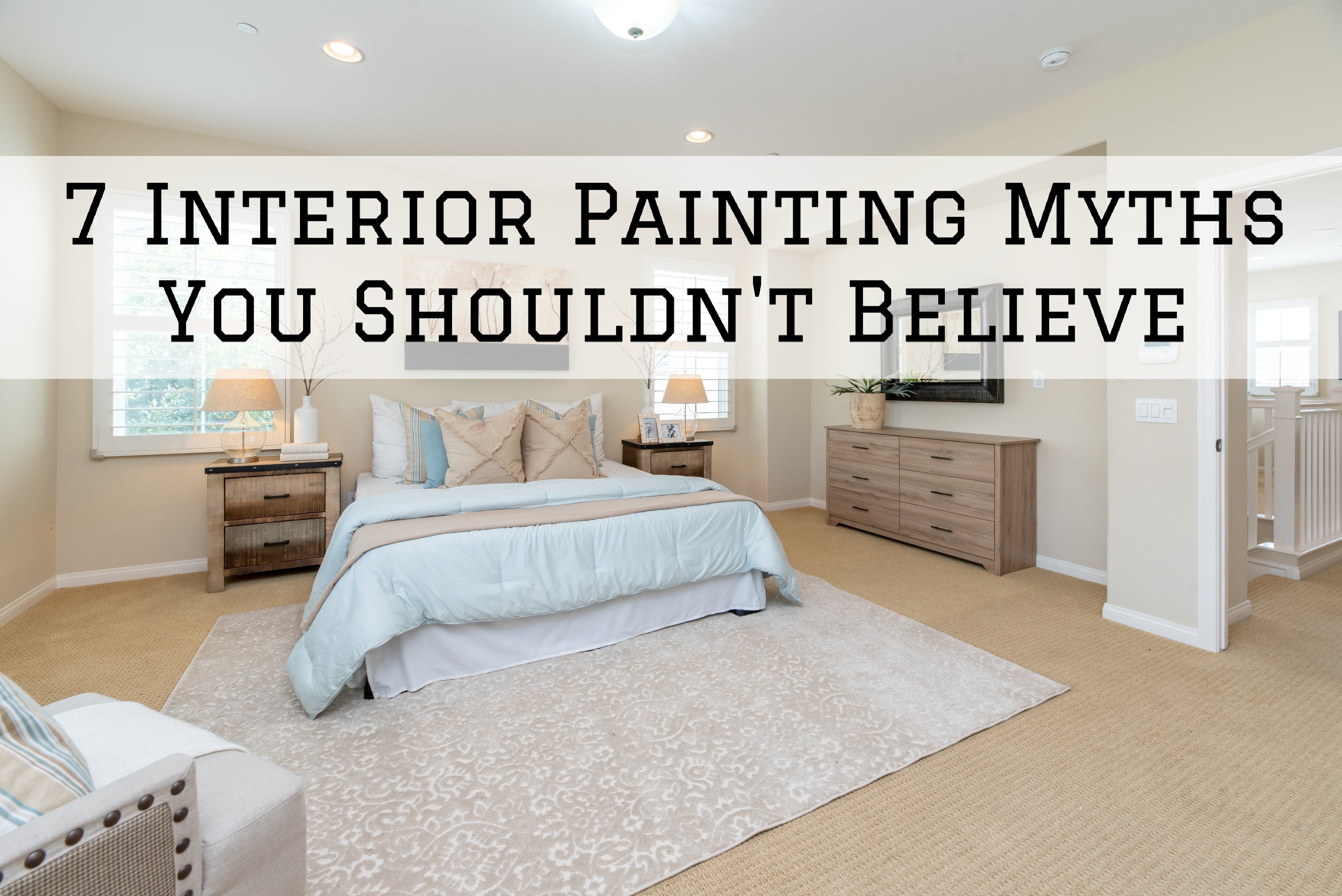7 Interior Painting Myths You Shouldn't Believe in Omaha, NE
November 17th, 2020
3 min read
By Bill Carlson

7 Interior Painting Myths You Shouldn't Believe in Omaha, NE
The world of interior painting can be tricky enough to maneuver without some of the outrageous claims that get made in regards to its practice, many of which find their origins in beliefs that people pass along because they want them to be true.
The sad reality, however, is that all these do is to take up your time and in some cases make for a worse paint job that you end up having to fix later on.
seven interior painting myths you shouldn't believe in Omaha, NE.
1. It's Not Possible To Find The Right Color
The first problem with this myth is that it presupposes the very existence of something called the right color -- the right color for whom?
If you're going to be the only person that will be appreciating the color of the room of course the right color will be the one that is right for you.
To find the right color for you, it's a matter of making sure that the actual paint looks good in the room under all lighting conditions.
This means that you need to take samples of the paint and paint on one of the walls in the room and then see how the paint looks once dried in different light settings -- and if it looks good to you, that's the right color!
2. It's Not Necessary To Prime
Some people will read the instructions on the side of a bucket of primer and decide that they don't really need it.
They might see that it says that it will make the surface to which it is applied smoother, and then decide for themselves that their surface is already sufficiently smooth and therefore they don't need it.
This is not at all the case -- primer does more than just make the surface smoother.
Primer also prepares the surface being painted and makes it more adhesive for paint -- and it has been shown that when you paint over primer, you will more likely have a paint job that lasts longer.
3. Painting A Room White Is Boring
The notion that any color is boring is a myth, perpetuated by those trying to get you to buy into other colors.
Of course, there are so many various shades of white -- eggshell being just one of the named shades -- that it's hard to say that any one of them is boring, as it were.
You can find life and excitement in just about any color, if you put it there.
4. You Don't Need To Paint Before Selling Your Home
Some will have you believe that you don't have to paint your home before selling it, that the new owners of the home will just paint it if they want to do so.
The issue with this is that the new owners of the home have to become the new owners of the home before they paint it -- and if they see your home and it looks old and worn, they are less likely to want to buy it -- or worse are more likely to offer you a much lower price so they will be able to paint it themselves.
Even if they do end up painting the home themselves you are less likely to get a lower price offered if your home looks newly painted.
5. All Your Rooms Have To Be Painted The Same
Absolutely not -- you can paint your rooms as many colors as there are rooms -- or even more, if you would like.
Your choice in color or colors should only be limited by your own imagination and your desire to make your home look more like the home of your dreams.
6. Any Paint Will Do
When you're painting the interior of your home, some will have you look at the price of the paint and nothing else when it comes to choosing the best paint.
This is dreadful and will lead you to possibly choosing the wrong kind of paint - depending on the room in which you are painting, you will need different sorts of paint.
Rooms where you have a higher amount of traffic, for example, will want a higher gloss paint so that it will be easier to clean.
7. You Don't Have To Prepare Before Painting
If you're considering painting and you think the first step in doing so is to dip a paintbrush into a bucket of paint, think again.
A number of preparatory steps are necessary before you start the painting process including getting the area prepared (to protect it from paint spills) and then the surface that is to be painted cleaned and ready to be primed.
Bill is the owner and operator of Brush & Roll Painting. Bill Carlson is a second-generation painter. He grew up working with his father’s painting and restoration company. After graduating from Bennington High School, he served in the US Navy, traveling with the boxing team. While this was a great opportunity to see the world, it also made him realize how much he loved his little world here in Nebraska. He settled back into the painting industry, working with his brother. It wasn’t long before Bill’s entrepreneurial spirit pushed him to start his own business. Always one for a challenge, he longed to prove to himself that he could be as successful on his own as both his dad and brother were.
